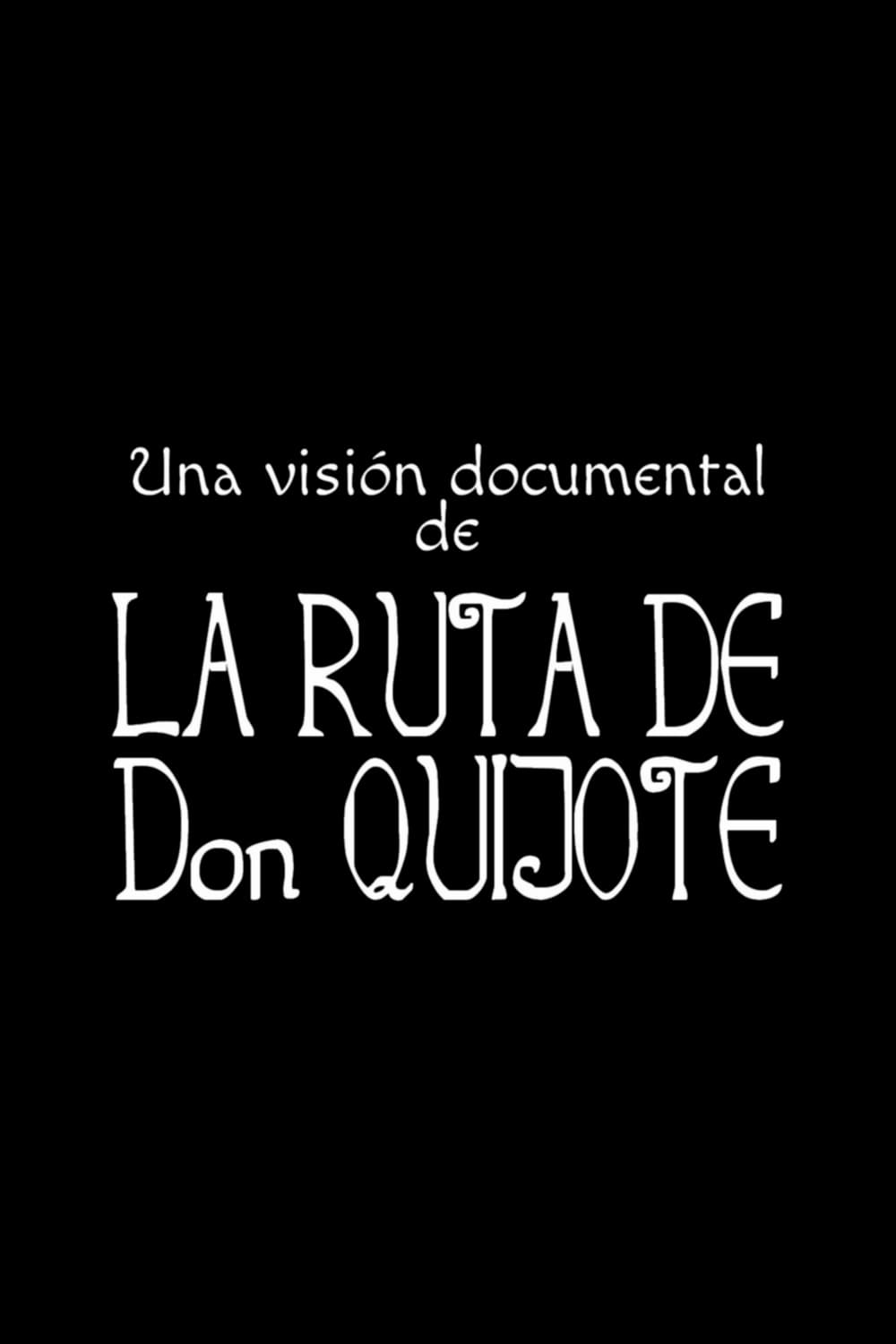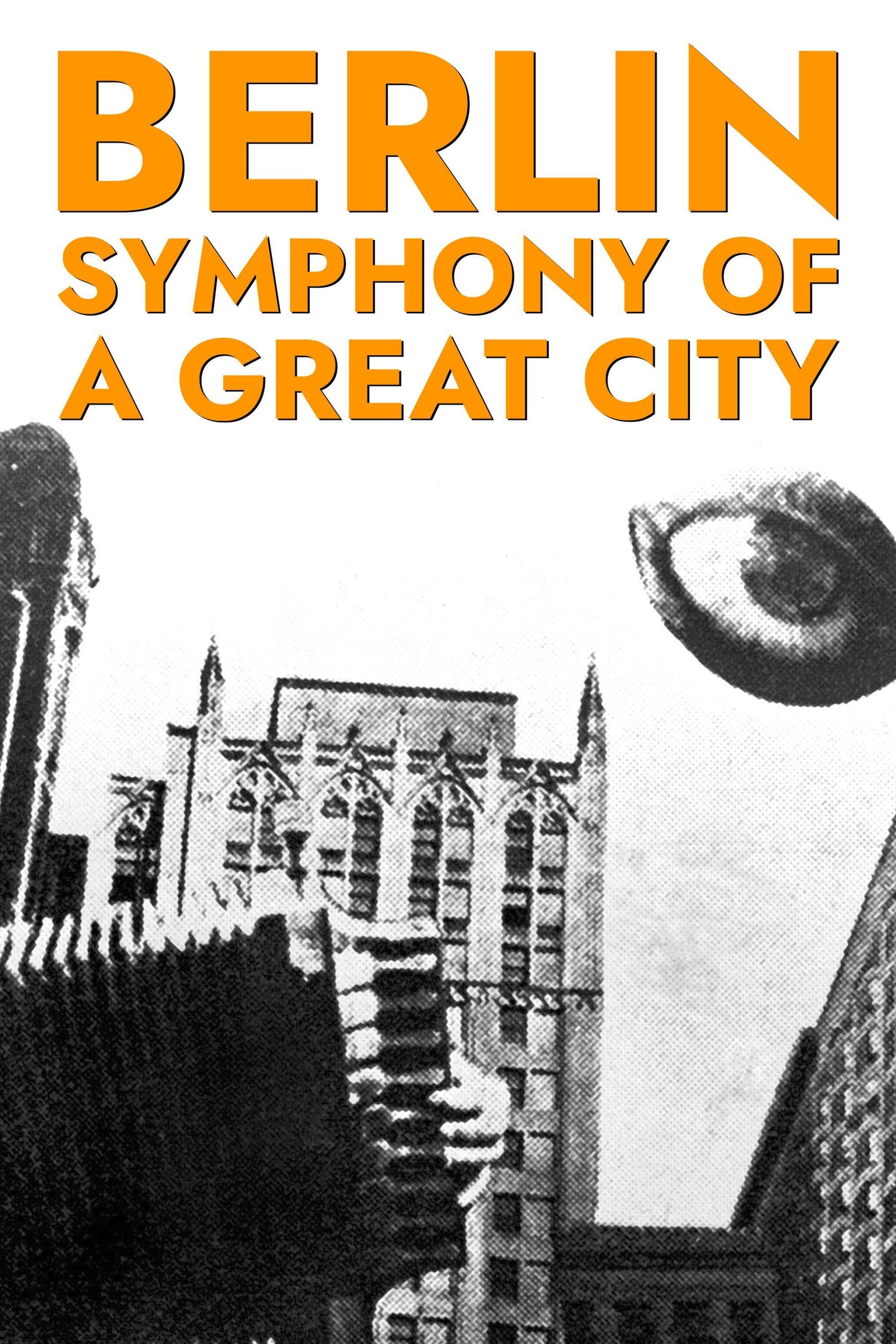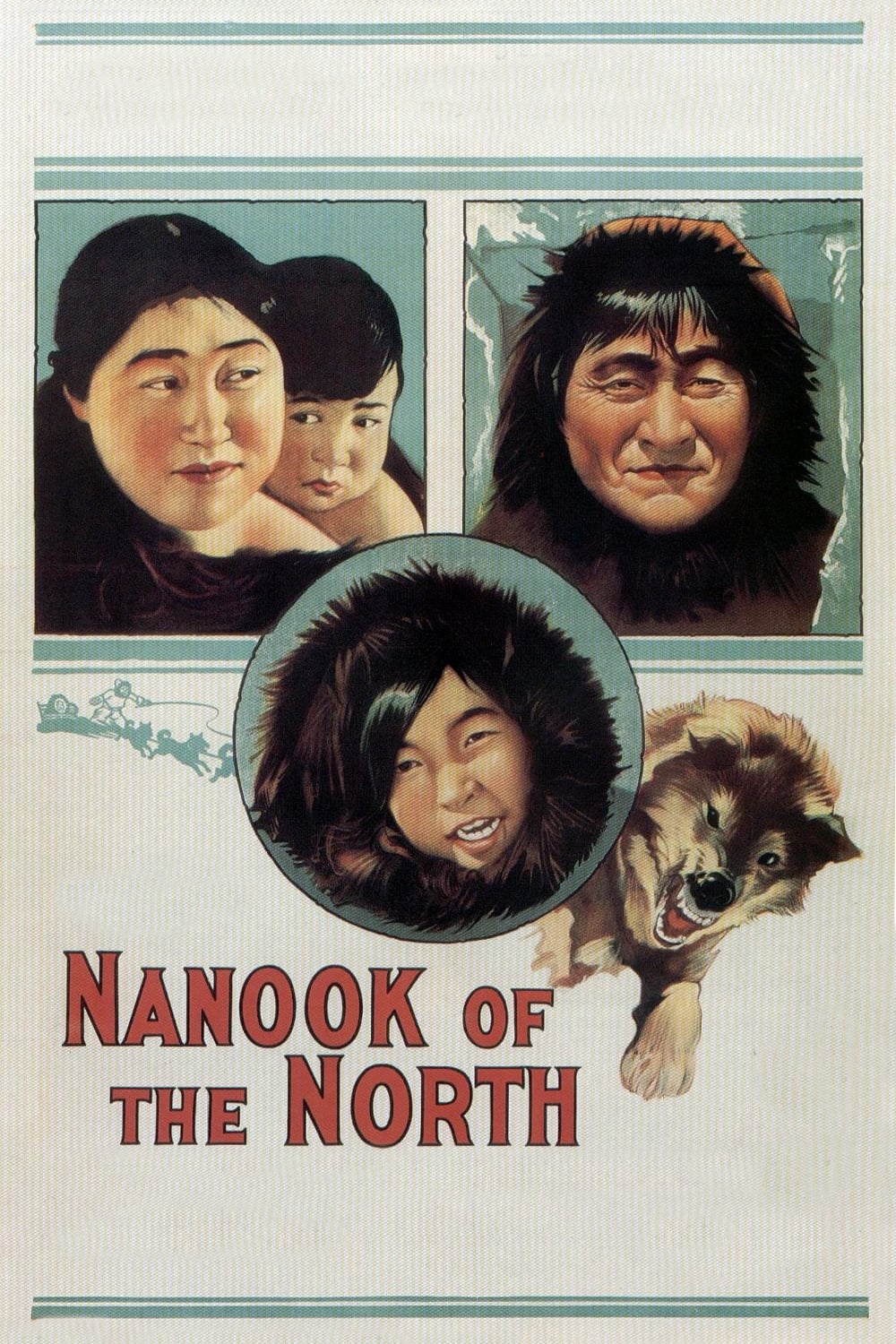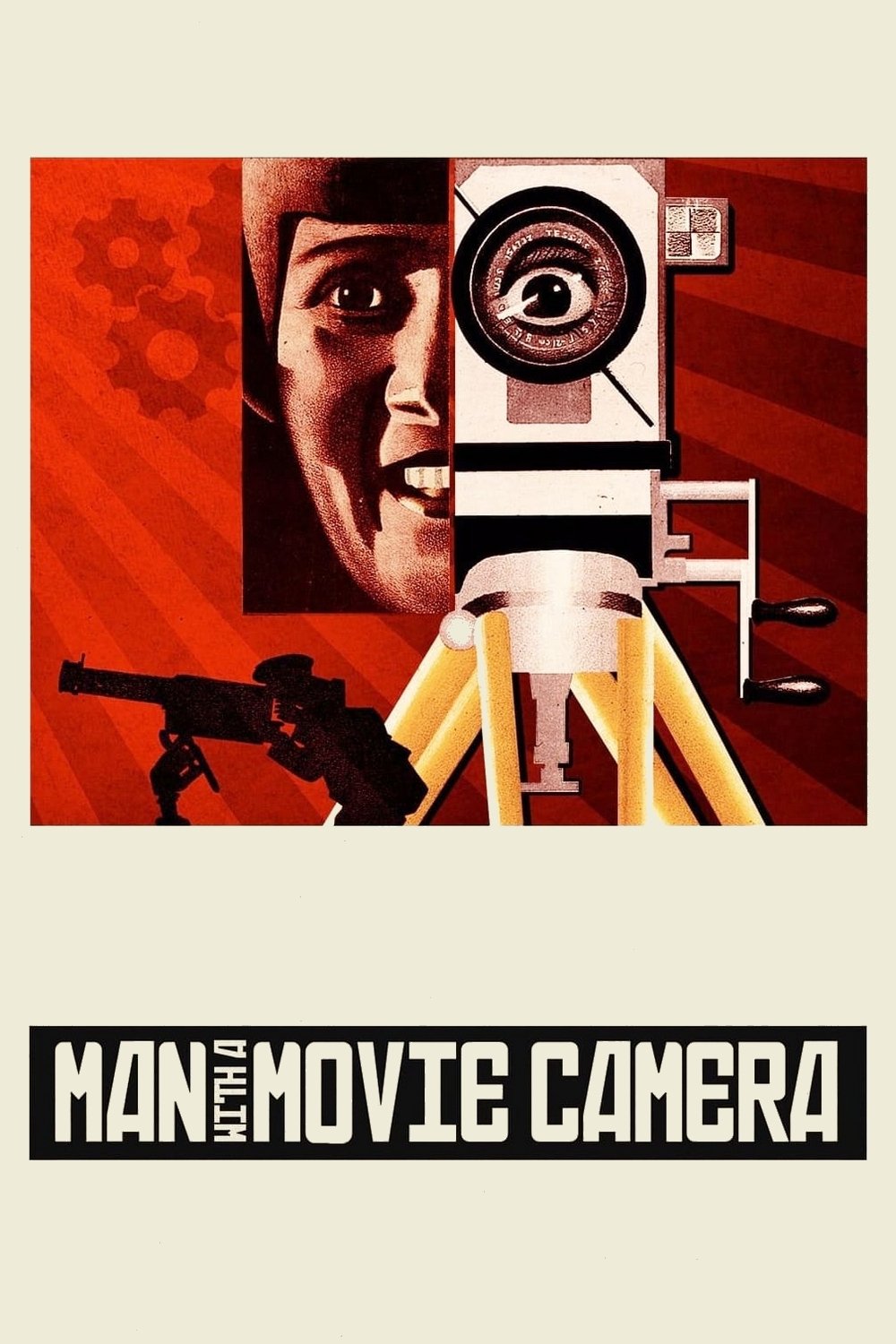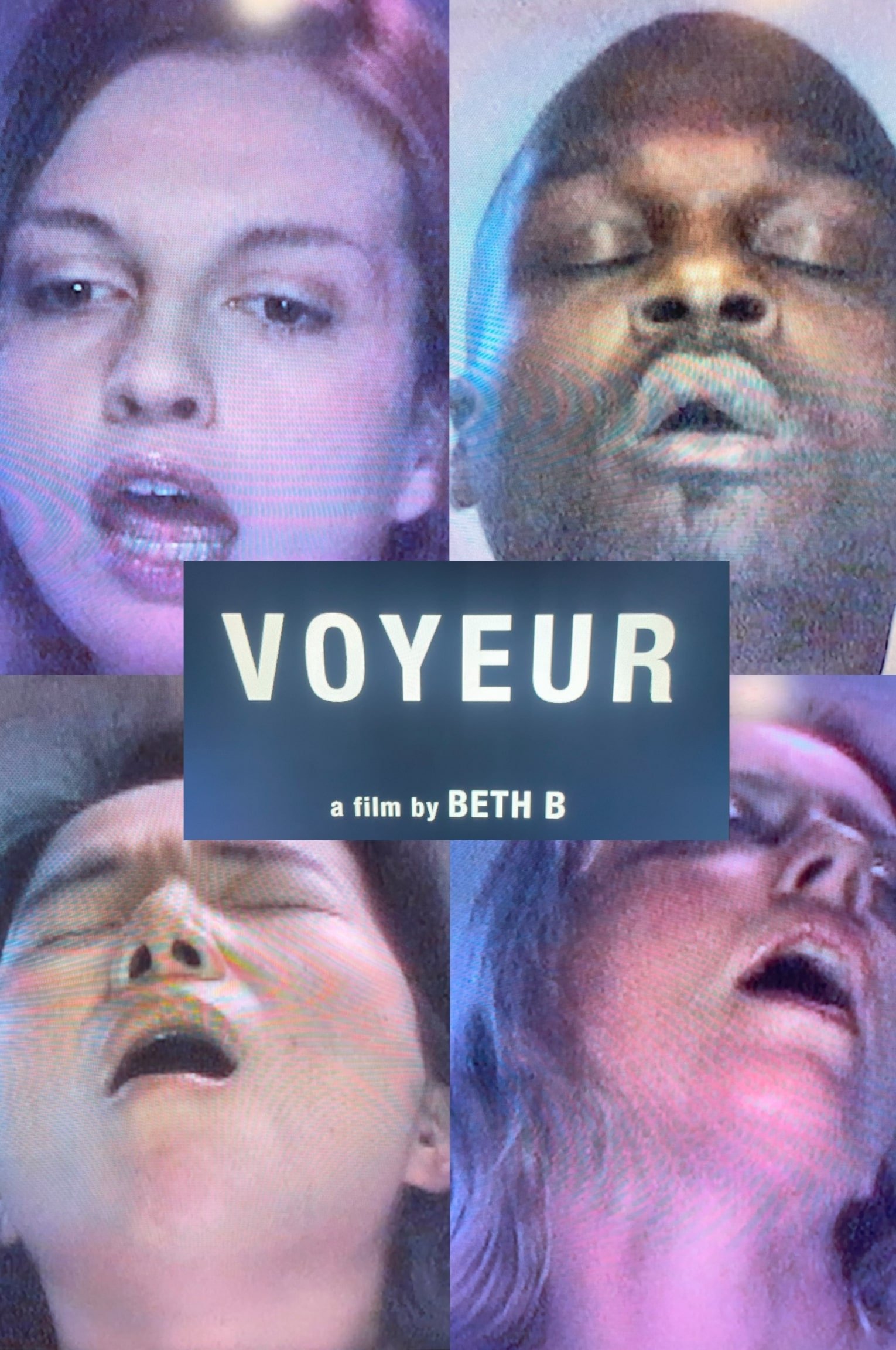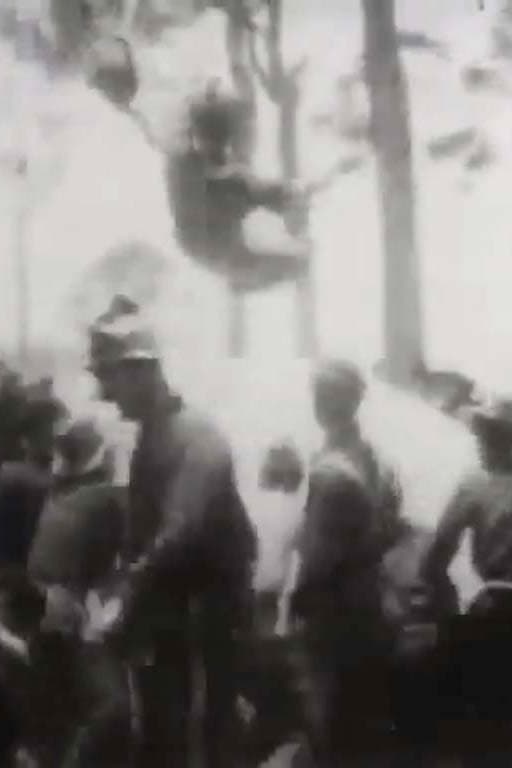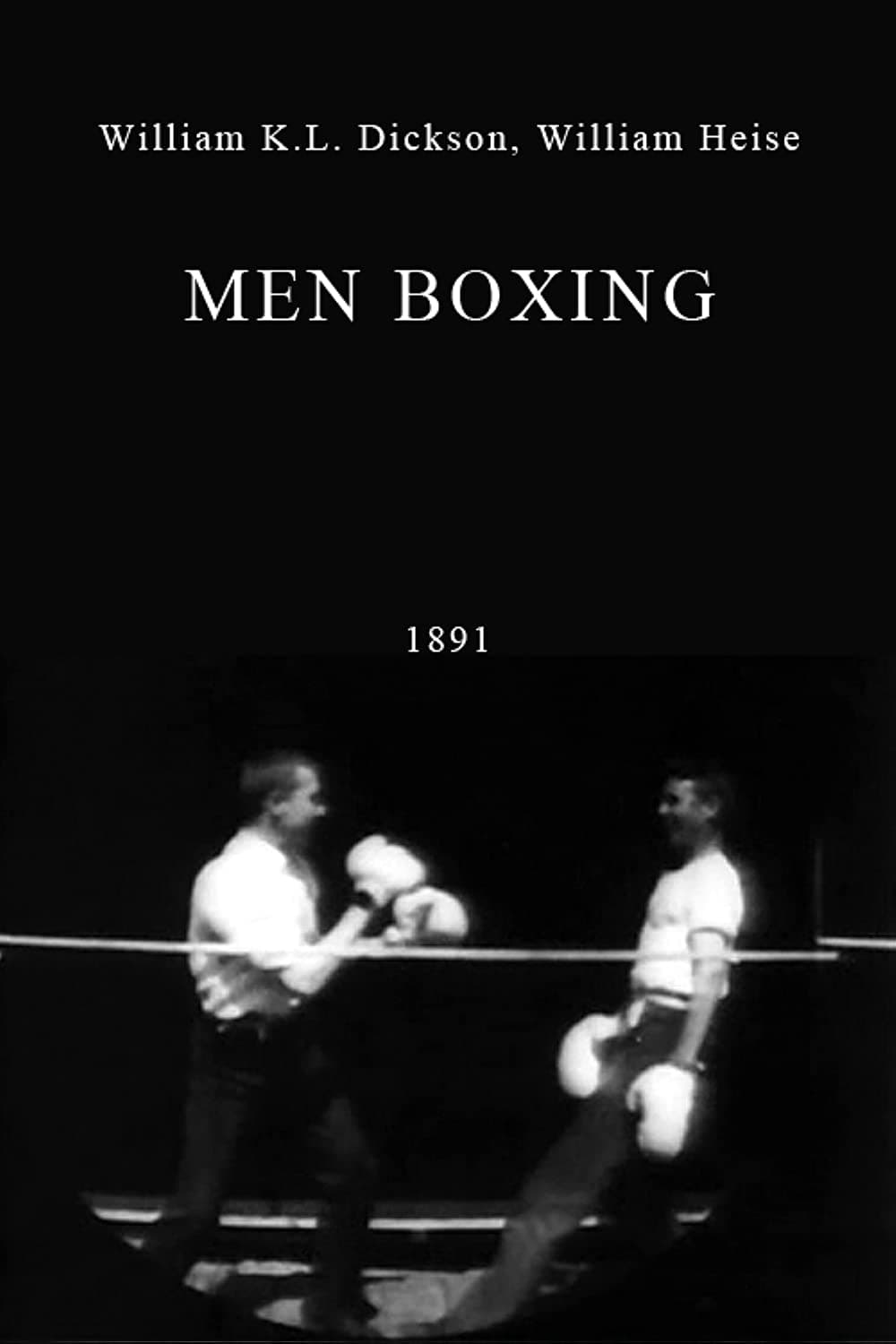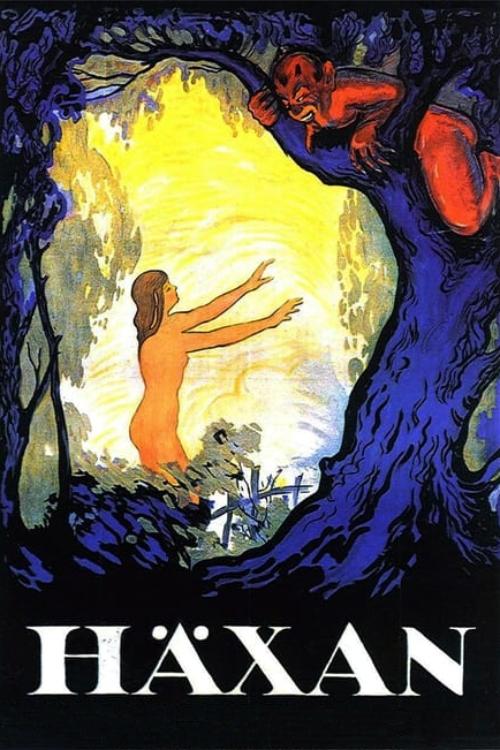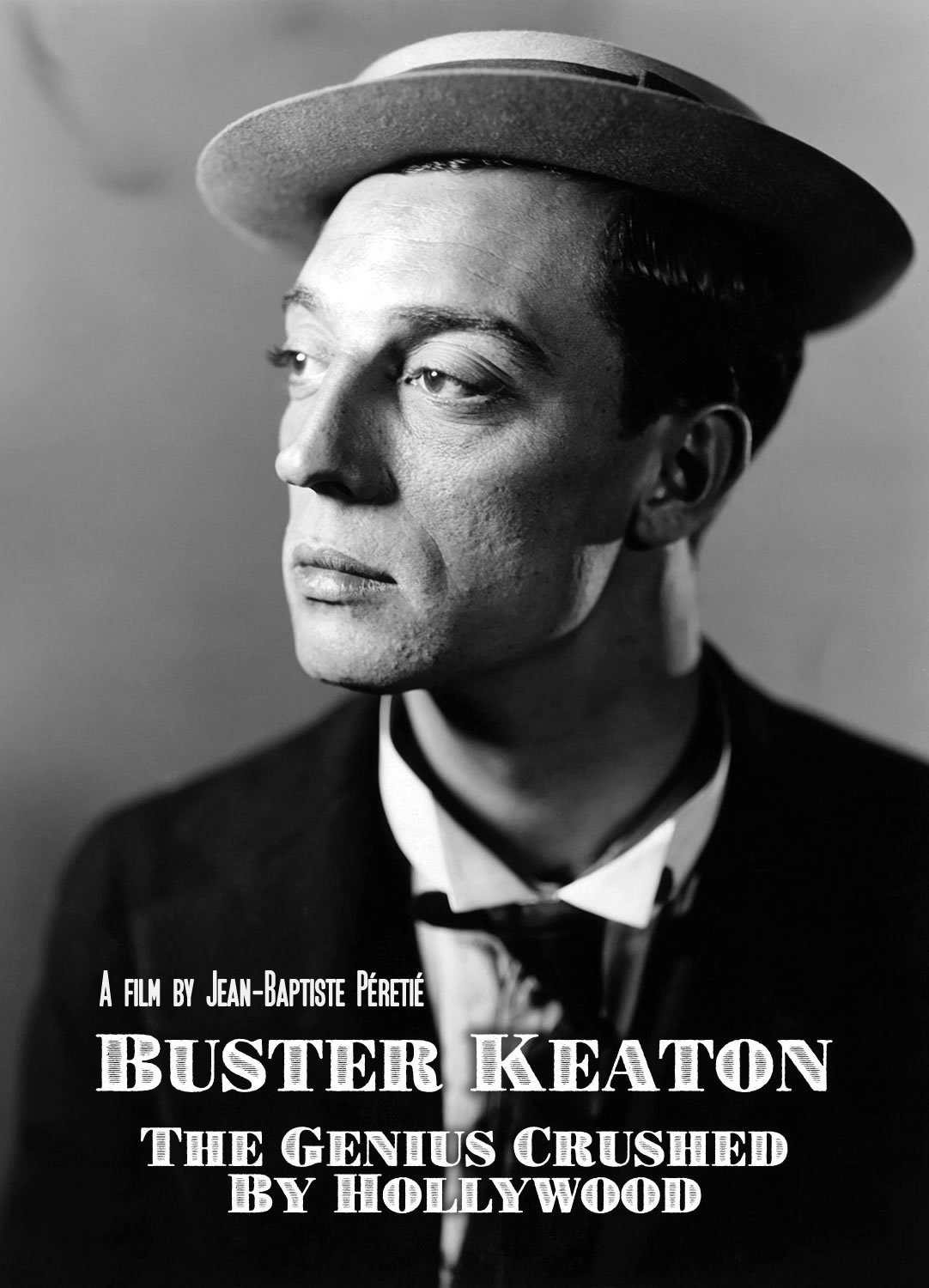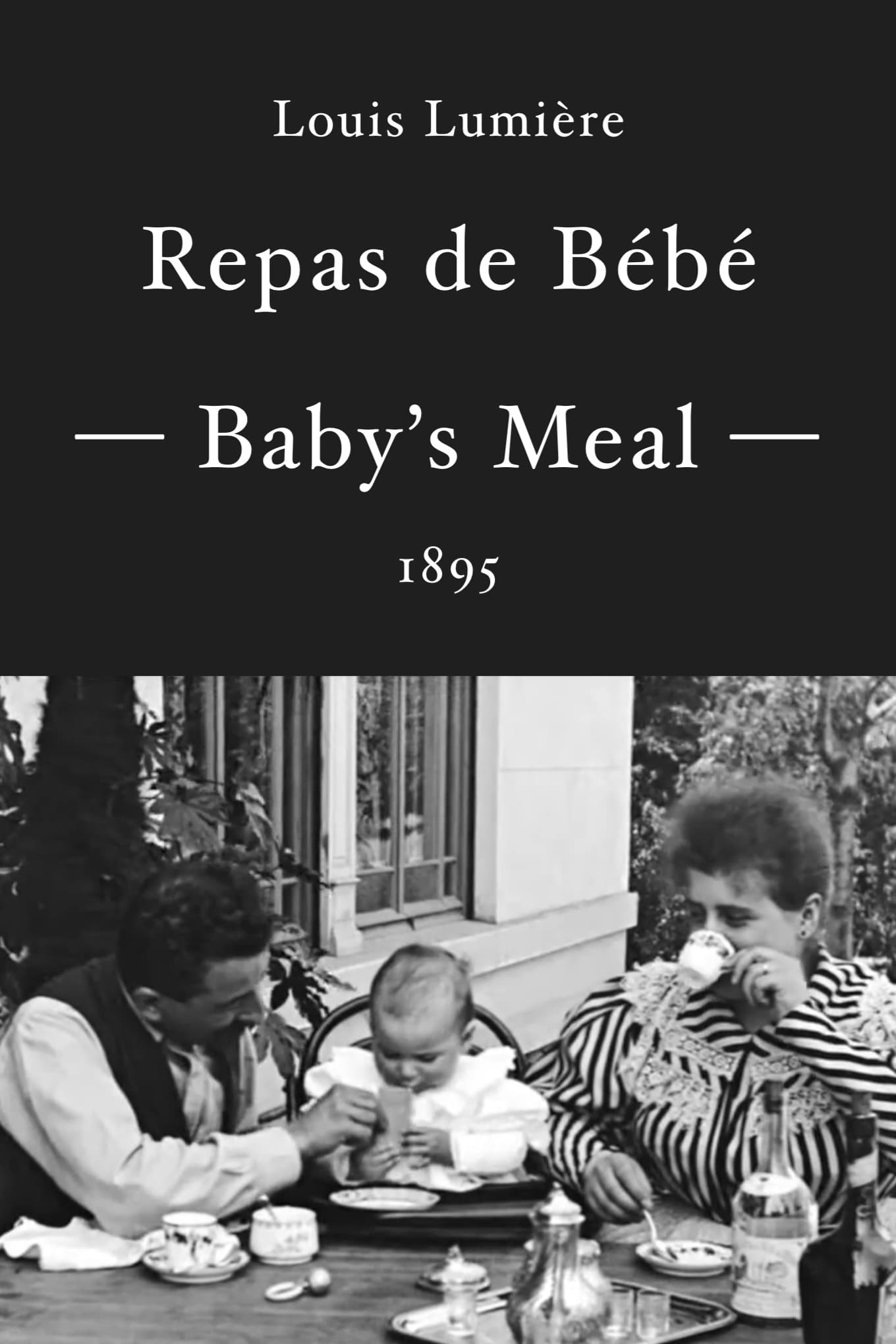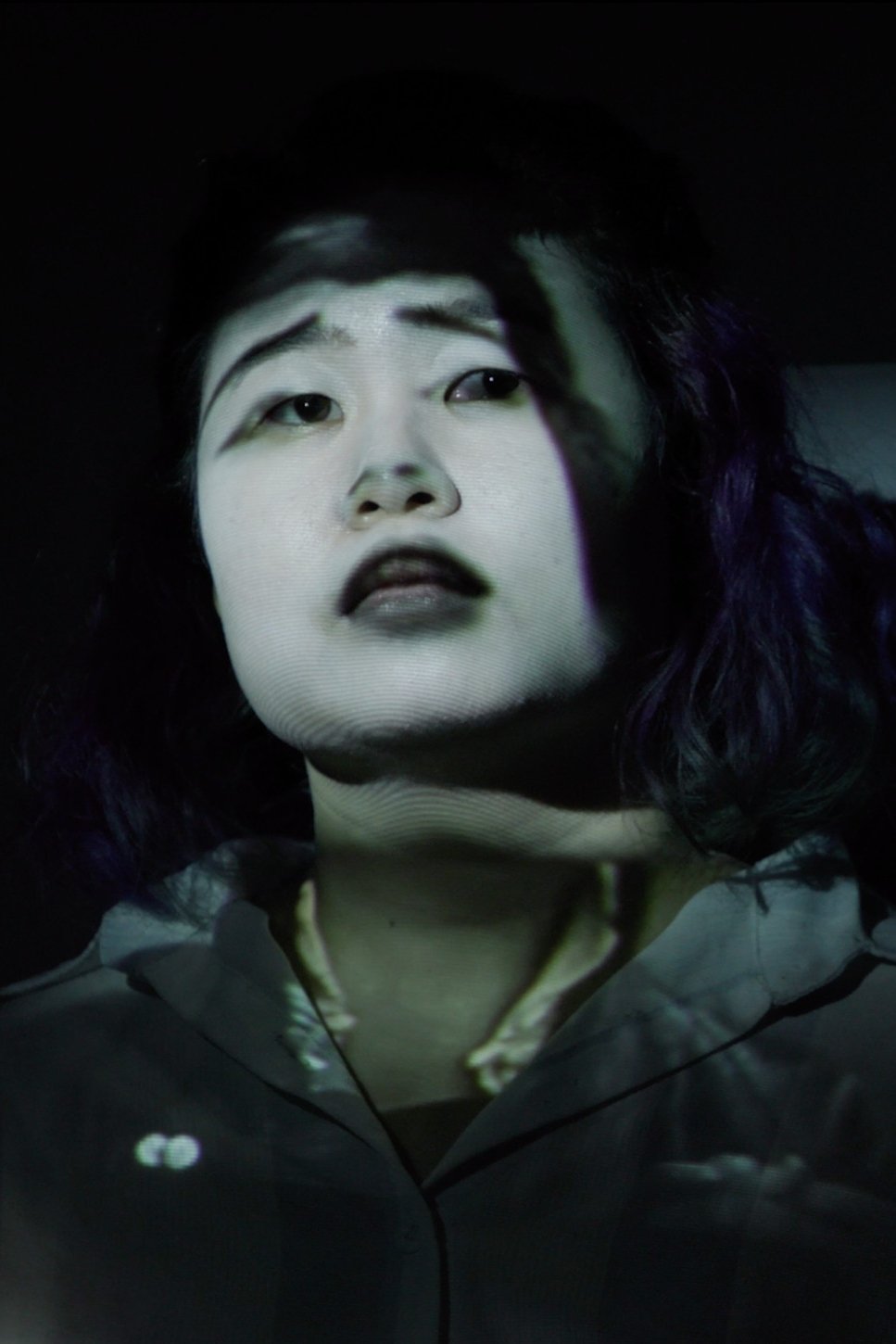Slagterboderne ("Maven")
Watch Movie
Share
Slagterboderne ("Maven")
1913
0h 1m
0.0(0 votes)
Documentary
Overview
Street Trading in Copenhagen in about 1913. The old butcher stalls by Nicholas Church, called the "stomach" before demolition.
Links & Resources
Social & External
Production Companies
Similar Movies
Recommended Movies
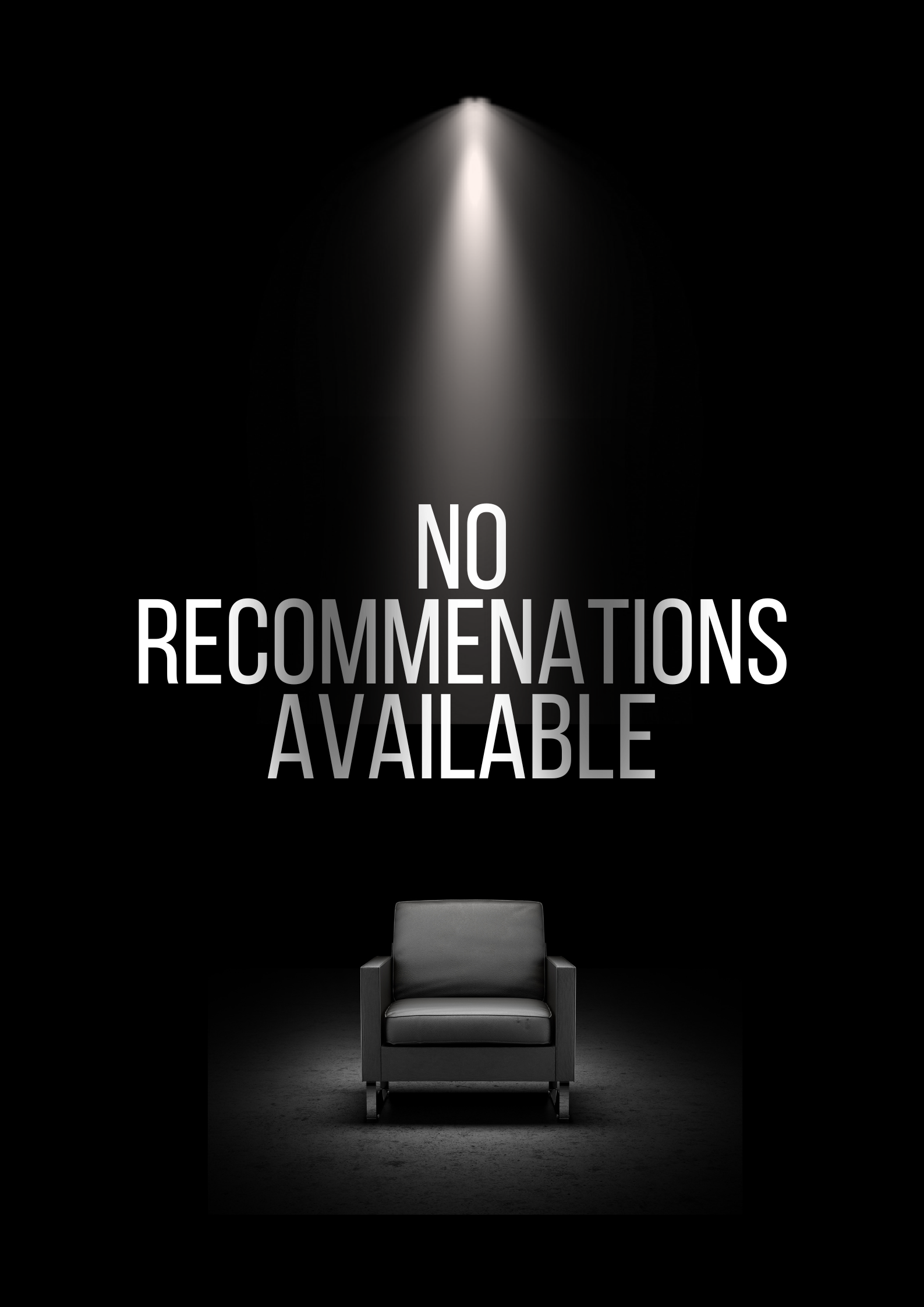
No Recommendations Yet
We're working on finding the perfect movies for you. Check back soon!
More movies coming soon
